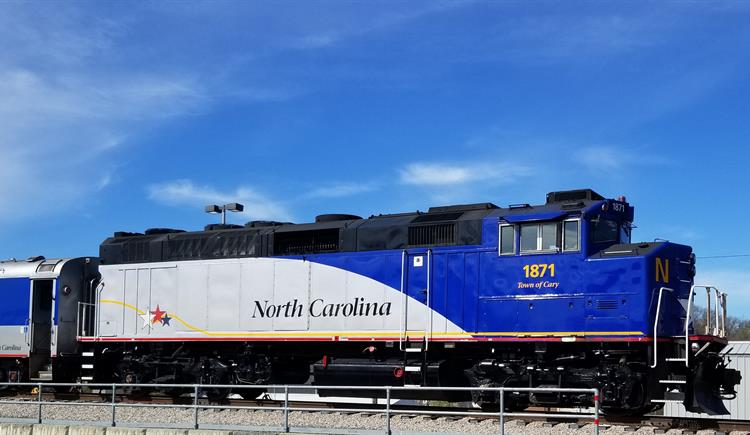Combining CP and KCS networks enables CPKC to transport cargo from Mexico to more US and Canadian destinations, shifting focus to longer haul routes.
Speaking to CPKC’s results for Q1 2024, John Brooks, the company’s Executive Vice President and Chief Marketing Officer, said the newly merged railroad is starting to achieve one of its key objectives: growth in the average length of its rail haul miles per train. Prior to the merger, CP and KCS’s intermodal business, in particular, was characterized by the dominance of short-haul routes serving the key automotive industry.
Merging CP and KCS’ networks
The former CP had multiple connections to auto plants and component manufacturers in Southern Ontario, but then handed this traffic off to US railroads at the US border. Likewise, KCS originated auto industry cargo at 16 plants in Mexico but could only take it as far as the American border, where a US railroad would take the cargo for a much more lucrative long-haul leg.
Combining the CP and KCS networks has given CPKC the ability to haul automotive cargo and finished products from Mexico to more destinations in the US and to Canada. Subsequently, its intermodal business is changing. Brooks said CPKS has exited a lot of “short-haul” business in Mexico to focus on longer haul routes.
A good start to 2024 for CPKC
In Q1 2024, its average intermodal length of haul increased 12%. CPKC is “utilising premium ride and a seamless connection at the border up into the upper Midwest into Canada,” Brooks said, and he expects this to continue.
For Q1 2024, CPKC saw its revenue from the intermodal division fall 1% while volume increased 7%. International intermodal was up 14% due to a “rebound at the Port of Vancouver driven by shipments returning after the work stoppage last summer” and strong growth at Lazaro Cardenas.
Container traffic at the Mexican port was up 35% in February 2024 to 364,368 TEU. Most of the growth was driven by the manufacturing sector.

This article was originally published on out sister publication WorldCargoNews.

